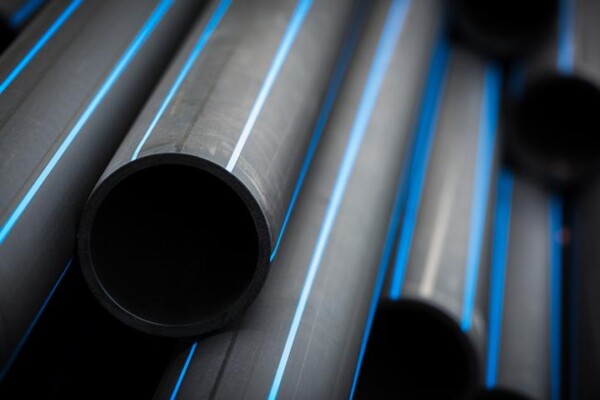Description
Format: Recorded Session – available 24/7
• IA – 1 CEU
• NJ -1 CEC
• NC Course #12200- 1 Business CEU
• ORLCB – 1 CEH
• QWEL – 1 CEU
• FNGLA – 1 CEU
Instructor: Scott Horsley
Traditional irrigation and fertilization practices have combined to create significant problems for both public water supplies and water quality in surface waters. Summer turf irrigation can double demands for the water supply and push the peak pumping rates to near the physical capacity or regulatory limits of the system. The traditional application of commercial fertilizers adds nutrients (nitrogen and phosphorus) and can become pollutants to watersheds, lakes, ponds, streams, and coastal waters. Using alternate water sources such as storm water or ground water can often provide many of the nutrients needed by turfgrass to reduce the amount of commercial fertilizer while reducing the pressure on potable water systems.
This 1-hour webinar will use a spreadsheet calculator to determine the available nutrients in the water, the reduction of supplemental fertilizers, the reduced demand for potable water supplies, and the cost effectiveness of these strategies.





